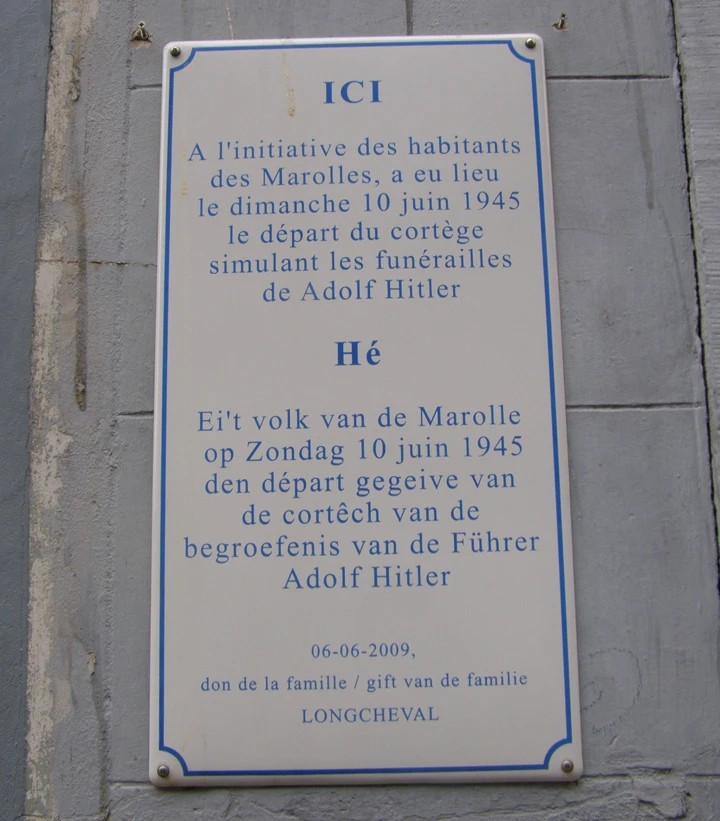During the war, the district witnessed one of the most tragic episodes of the capital's occupation. On 3 September 1942, at about 8:30 p.m., 718 foreign Jews were rounded up by the German police. Since the inter-war period, the district had been home to a large community of about 4,000 foreign Jews who had fled persecution. Many in this community lived off the money gained from odd jobs. At the same time, the district was also a place of solidarity from which escape routes were organised to hide Jewish children.
Today, many paving stones (known as Stolpersteine or ‘stumbling stones’) pay tribute to the victims: 660 of the 718 rounded up on 3 September did not survive their deportation. It was also a district where various black-market traffickers found refuge, culminating in the famous rue des Radis (‘Radish Street’), which had a reputation for offering, at high prices, a whole series of products that were difficult or impossible to find by legal means.
At the Liberation, the Brussels population paid an overflowing tribute to the Allies while strongly expressing their hatred towards Hitler. On 10 June 1945, this hatred took on a distinctly humorous dimension with the organisation of a mock burial for Hitler. The inhabitants of the Marolles held a funeral procession and a volunteer, Philippe Lemaître, who was made up as the Führer, was subsequently buried. The coffin was placed on a cart decorated with funeral wreaths. Clergy and choirboys in the lead, the procession marched through the streets of the district accompanied by a fake German guard of honour. Today, a bilingual French-Marolian commemorative plaque on the rue de la Prévoyance is a reminder of this symbolic event.
With the help of Fédération Wallonie-Bruxelles and in partnership with CEGE-SOMA.
